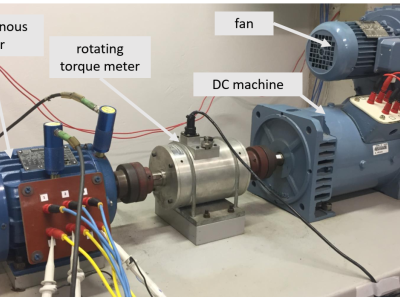A dataset for protein-ligand affinity prediction

- Citation Author(s):
-
xi wenyu
- Submitted by:
- xi wenyu
- Last updated:
- DOI:
- 10.21227/a89m-av02
 47 views
47 views
- Categories:
- Keywords:
Abstract
**PDBBindv2016** | Binding Affinity Regression | Benchmark Evaluation (Effectiveness) | Each sample in the PDBBind v2016 dataset is a complex, but we extracted the sequence data with substantial information loss to yield a protein-ligand sequence pair. We maintained the same split setting used in a previous study, where the refined set (excluding the core set) is treated as training (train.csv) and validation (valid.csv) sets, while the core set (complexes with the highest resolution) is treated as the test set (test.csv). Other than 'Protein', 'Ligand', and 'regression_label', the CSV files have a column 'ID' that represents the PDB ID ('id_' + PDB ID), and a column 'Target_Chain' to represent the chain to which the amino acid position belongs.
Instructions:
**PDBBindv2016** | Binding Affinity Regression | Benchmark Evaluation (Effectiveness) | Each sample in the PDBBind v2016 dataset is a complex, but we extracted the sequence data with substantial information loss to yield a protein-ligand sequence pair. We maintained the same split setting used in a previous study, where the refined set (excluding the core set) is treated as training (train.csv) and validation (valid.csv) sets, while the core set (complexes with the highest resolution) is treated as the test set (test.csv). Other than 'Protein', 'Ligand', and 'regression_label', the CSV files have a column 'ID' that represents the PDB ID ('id_' + PDB ID), and a column 'Target_Chain' to represent the chain to which the amino acid position belongs.








.
ok